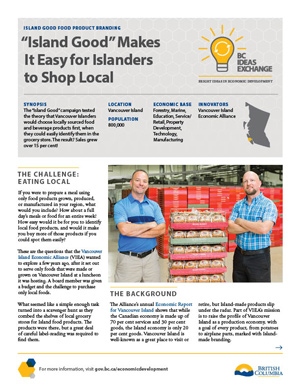“Island Good” Makes It Easy for Islanders to Shop Local
Vancouver Island
The Challenge: Eating Local
If you were to prepare a meal using only food products grown, produced, or manufactured in your region, what would you include? How about a full day’s meals or food for an entire week? How easy would it be for you to identify local food products, and would it make you buy more of those products if you could spot them easily?
These are the questions that the Vancouver Island Economic Alliance (VIEA) wanted to explore a few years ago, after it set out to serve only foods that were made or grown on Vancouver Island at a luncheon it was hosting. A board member was given a budget and the challenge to purchase only local foods. What seemed like a simple enough task turned into a scavenger hunt as they combed the shelves of local grocery stores for Island food products. The products were there, but a great deal of careful label-reading was required to find them.
The Background
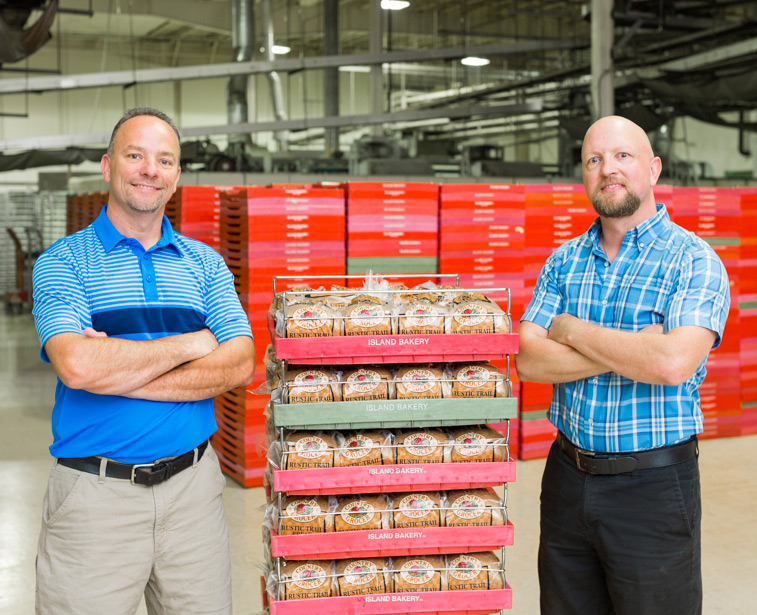
The Alliance’s annual Economic Report for Vancouver Island shows that while the Canadian economy is made up of 70 per cent services and 30 per cent goods, the Island economy is only 20 per cent goods. Vancouver Island is well-known as a great place to visit or retire, but Island-made products slip under the radar. Part of VIEA’s mission is to raise the profile of Vancouver Island as a production economy, with a goal of every product, from potatoes to airplane parts, marked with Island-made branding.
The Experiment
The Alliance wanted to explore whether a point-of-sale signage campaign would increase the sales of Island-produced food and beverage items in the grocery store, where local products compete directly with imported goods. To test the theory, they reached out to grocery retailers that operate throughout the Island and Thrifty Foods, Country Grocer, Quality Foods and 49th Parallel Grocery agreed to participate.
VIEA got to work designing an experiment to test how shoppers would respond to increased visibility.
There were many variables and details to sort out including:
- Timing of the campaign
- Branding look and messaging
- Advertising and media strategies
- Product mix – what counts as an “Island” product and what to include in the experiment
- In-store promotion standards and signage
- Reporting from the grocery stores to VIEA to compile the performance data
- Reporting of results without revealing sensitive sales information between competitors
Preparing for the campaign took 18 months from the initial idea to the public launch. VIEA found additional support from Island Coastal Economic Trust, Hot House Marketing, Spark Strategic Group, Vancouver Island Farm Products Inc., Paradise Island Foods, B&C Foods, Hertel Meats, Portofino European Bakery, Saputo, and BC Salmon Farmers Association.
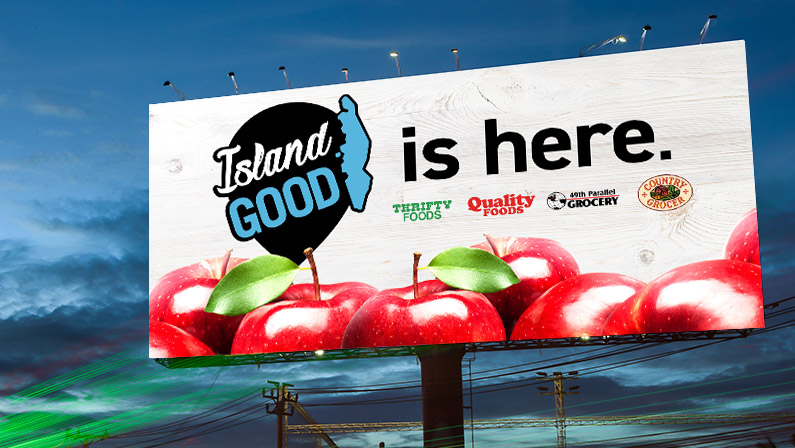
“Island Good” launched its campaign in March 2018, with media events in four locations across the Island. Each participating grocery store placed the “Island Good” shelf marker on 802 distinct products from Vancouver Island producers or processors. The Island Good campaign team waited and watched to see what the response would be from the public.
The Results
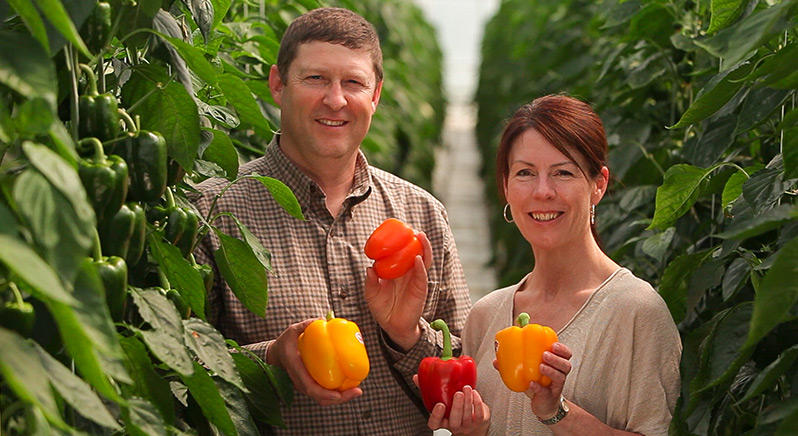
The “Island Good” experiment wrapped up at the end of September 2018. Sales of Island-made food and beverage products carried in the participating grocery stores were measured from March to September 2018 and compared with 2017 sales records for the same products in the same months and same stores.
Sales of the “Island Good” products increased by an average of 16.4% compared to the same month in 2017, with a peak of 29.3% growth in June/July.
The “Island Good” brand is here to stay. Many producers, processors, distributors, retailers, restaurants and resorts have been expressing interest in continuing the brand. “Island Good” will be registered as a brand trademark, with a management and marketing plan under way to ensure legal protection and integrity. VIEA will be working with food producers and retailers to expand the brand and continue measuring sales data and economic impact.
The success of this campaign supports broader efforts to increase food processing facilities and export opportunities for Island food production.
Lessons Learned
- Product awareness through a clear brand, targeted advertising, and consistent labelling translates into increased sales beyond an initial media push
- Consumers expressed surprise at the number and range of products available from the Island
- Developing a multi-retailer regional food product branding campaign takes time, but it can be achieved with co-operation and goodwill
- Producers and retailers find value in opportunities to demo ‘Island Good’ products in stores
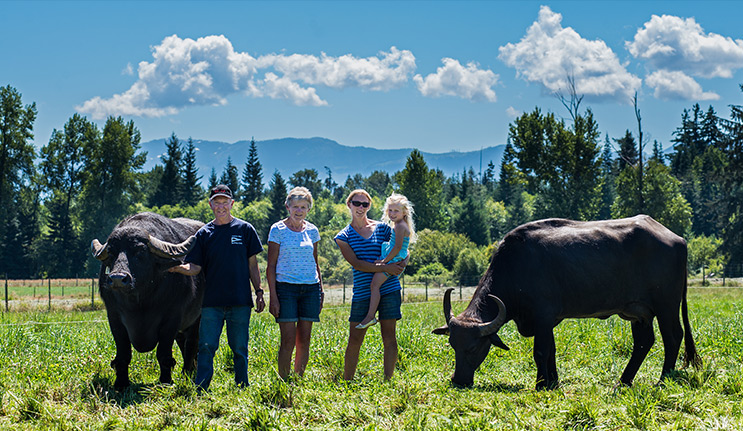
Vancouver Island
Population: 800,000
Region: Island/Coastal
Economic Base: Forestry, Marine, Education, Service/Retail, Property Development, Technology, Manufacturing
The Vancouver Island Economic Alliance (VIEA) is a collaborative partnership spearheading regional economic development for the Vancouver Island region.
Contact information
George Hanson, President
Vancouver Island Economic Alliance
250-667-5225
george@viea.ca


